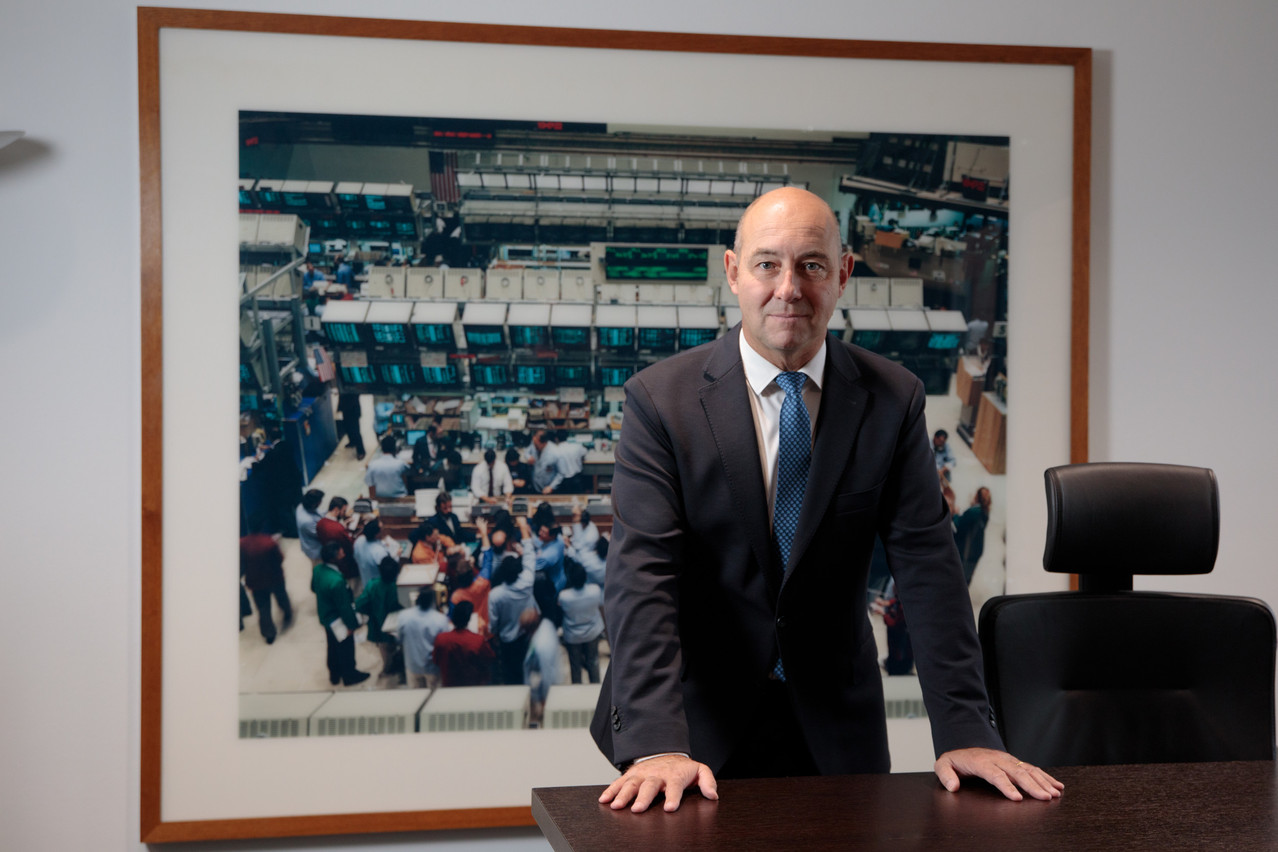They are interlinked, but are not identical: cryptocurrencies and non-fungible tokens use blockchain technology (also referred to as distributed ledger technology) to facilitate decentralised transactions and record-keeping. So what exactly are these three things?
Blockchain
While blockchain is the technology behind cryptocurrencies like bitcoin, blockchains themselves are not digital money.
Blockchains are a form of “distributed ledger technology”. That means data is decentralised and not controlled by a single party. To vastly oversimplify, a blockchain is like an Excel file where one user at a time can add data that is permanently saved. It can be seen, but not changed, by all future users. This means, in theory, financial transactions can be completed more quickly and companies save money because data does not have to be manually re-entered or conflicting figures rectified by each counterparty. Those administrative tasks currently employ thousands in Luxembourg, which makes the technology widely followed in the grand duchy, with the unwritten promise that staffing costs could eventually fall.
Blockchain technology can also be used to completely new financial products.
However, the reputation of blockchains and DLT have been somewhat tarnished by a - ‘’ and long history of pronouncements on , yet use of such technology has so far lacked momentum.
Cryptocurrencies
Bitcoin is the best known, but the CEO of blockchain payments outfit Ripple in June there are more than 19,000 cryptocurrencies in existence. Ethereum, Tether, USDC, Binance, Solana and Dogecoin are among the top 10, according to Coinmarketcap’s .
Simply put, cryptocurrencies are digital or virtual forms of money that are not backed by any government or central bank. They depend on distributed ledger technology like blockchains to function. In theory, their decentralised nature means they cannot be influenced or manipulated by state authorities.
However, cryptocurrency markets are highly volatile. They’ve dropped by in the past year and bitcoin is in its fifth .
They also consume a . Columbia University that running bitcoin alone uses more power than Argentina does and produces more CO2 than Greece.
Non-fungible tokens
NFTs are “cryptographic assets on a blockchain with unique identification codes and metadata that distinguish them from each other,” according to . “Unlike cryptocurrencies, they cannot be traded or exchanged at equivalency. This differs from fungible tokens like cryptocurrencies, which are identical to each other and, therefore, can serve as a medium for commercial transactions.”
NFTs can be useful tools for businesses and consumers. The artist has that they can be used to authenticate and verify ownership of artworks, and create connections with fans. The same could be said of pretty much any type of object or document, across any type of industry and customer.

Philippe Seyll, CEO of Clearstream Banking, has said that distributed ledger technologies like the blockchain is “an alternative that we at Clearstream want to exploit or to help partners to benefit from.” Photo: Matic Zorman
What the future might really look like
, CEO of Clearstream Banking, has that eventually a number of financial institutions could use DLT to complete certain transactions over private or public networks.
By the same token, DLT could help bring liquidity to as they become increasingly popular, Serge Weyland, CEO of Edmond de Rothschild Asset Management Luxembourg, has .
It could also get easier for European retail investors to trade in cryptocurrencies. At the moment, individual investors have had to buy and sell them directly using digital wallets, which can sometimes be fiddly to use and are often run by startups without a long track record and sometimes have questionable reputations. That is set to change. Until recently, Luxembourg-based investment funds had not been able to hold cryptocurrencies, but the rules have been modified. The first retail investment fund targeting cryptocurrencies is later this year.
Next week’s jargon buster: carried interest.
